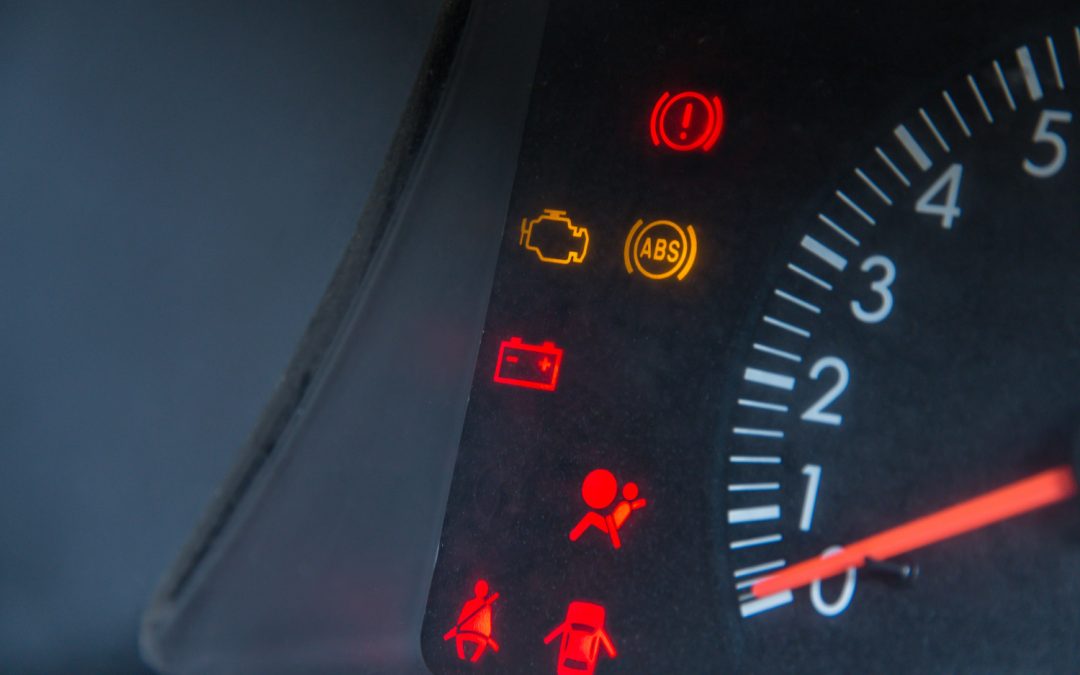Your Car Is Talking—Are You Listening?
We’ve all had that moment: you’re cruising through Mission Viejo, and suddenly that orange check engine light flicks on. Maybe you ignore it for a day or two—or a week—hoping it’ll just go away. But modern vehicles aren’t guessing when something’s wrong. That light is tied to a complex, scientific system called OBD-II (On-Board Diagnostics) that’s constantly monitoring your engine’s performance. And when it lights up? It’s your car’s way of saying, “Hey, something’s off.”
What Engine Diagnostics Actually Do
Engine diagnostics aren’t just for big repairs. They’re built into every vehicle manufactured after 1996 and are part of a government-mandated system designed to reduce emissions and improve safety. The OBD system is wired into your car’s engine control unit (ECU), which tracks sensors for everything from fuel ratios and ignition timing to air intake and emissions. When something falls out of range—like misfires, low voltage, or a faulty oxygen sensor—the system logs a trouble code.
These codes, like P0301 (cylinder 1 misfire), don’t just tell you there’s a problem—they tell trained techs exactly where to look. With a quality scanner and a bit of know-how, mechanics can pinpoint the issue without wasting time or replacing parts that don’t need fixing. This saves you time, money, and guesswork.
Why That Warning Light Matters
Ignoring your check engine light might seem harmless—especially if your car feels fine—but here’s the thing: the issue may not be visible yet, but it’s likely affecting performance or fuel economy. A faulty sensor could throw off your gas-to-air mixture, causing your engine to burn fuel inefficiently. Even worse? Some issues, like catalytic converter failure, can cost thousands if left unchecked.
According to EPA data, emissions-related problems make up a significant portion of check engine triggers, and over time, untreated issues can lead to decreased fuel economy by up to 40%. That’s not just bad for your wallet—it’s rough on the planet too.
Common Symptoms Engine Diagnostics Can Catch
Even if you’re not a car person, it’s helpful to know what kinds of issues diagnostics can detect early:
Rough idling or stalling
Increased fuel consumption
Poor acceleration
Hard starts in cold weather
Strong fuel odor or visible exhaust smoke
When you catch these early—before they snowball—you not only avoid breakdowns, but you also extend the life of your engine.
If your check engine light is on or you’re noticing performance issues, don’t wait until it turns into a bigger headache. Schedule a Diagnostic Scan, check out our full list of Auto Repair Services, or get in touch via our Contact page. Ready to take action now? Book an Appointment and let’s get your car back in peak shape.


Recent Comments